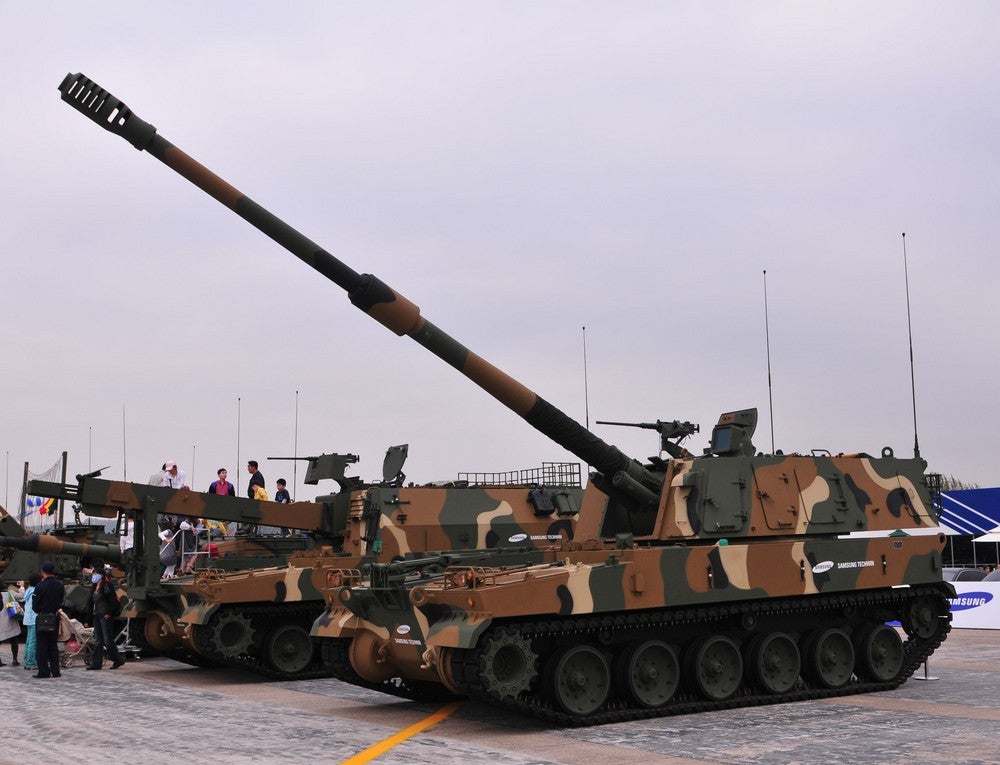Poland Increases Demand For Korean Howitzers
The continuation of the technical modernization plan introduced under Minister of Defence Mariusz Blaszczak takes place amid the ongoing change of the government in Poland. In his announcement, Blaszczak announced that the Polish Armed Forces will obtain additional K9A1 and K9PL (“Polish modification”) self-propelled artillery systems from South Korea. Polish Armed Forces currently utilize two battalions of K9A1 “Thunder” howitzers, 24 vehicles in each. The second agreement on deliveries of the Korean artillery systems includes 146 K9PL howitzers and 6 additional K9A1s.
The Polish Army continues its rapid modernization program, procuring modern military equipment in large numbers. The idea behind such actions is that Poland has limited time in which to enhance its military potential and has to rapidly obtain new systems to wage a full-scale conflict with anticipated high attrition for combat forces. This, however, cannot take place without extensive financial burden placed on the Polish economy. The government in Seoul has already aided Poland with massive loans for the purchase of K2 MBTs, FA-50 jets, and K9 artillery systems. According to Reuters and Defence 24, the South Korean government is undertaking measures to secure further financial aid totalling $22 billion. Additional financing of Polish purchases comes from the Bank Gospodarstwa Krajowego, a national development bank controlled by the government.
The information regarding the deal is highly controversial in the midst of the development and production of the domestic AHS Krab system that has proven itself in the ongoing War in Ukraine and is praised by the Ukrainian Armed Forces. Yet the low volume of production by Huta Stalowa Wola (HSW) and the demand for conventional artillery systems by the Polish Army resulted in the necessity of reaching for off-the-shelf solutions.
If the new deal materializes, on completion of the deliveries, the Polish Armed Forces will operate a total of 364 K9A1/PL howitzers by the end of 2027. This is a significant number, but far from the target set by the Supreme Headquarters and General Command. Further procurement of artillery systems will be necessary to meet the requirements, however, by that time HSW may be able to increase its production capacity and handle additional orders for the domestic artillery system.

